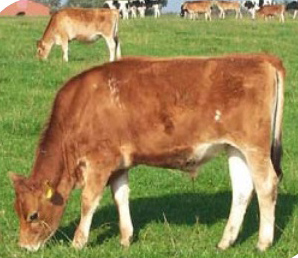Organic meat must stand out in order to qualify as a high-value product
Organic meat production has the potential to develop into a more trustworthy high-value production based on local resources and free-range animals. However, eating quality and relatively low prices must still be a major concern in order to increase the market share.

By: John E. Hermansen & Anne Grete Kongsted
Organic meat costs significantly more than conventionally without the consumer necessarily experience the great quality difference. The purpose of the research project SUMMER was to examine whether it can be an advantage for organic meat producers to go for meat products that differ more from the conventional. Is it e.g. possible to produce meat with better flavor and other physical qualities while simultaneous prioritizing intangible qualities like free-range production and feeding based on local feed resources?
A series of experiments with young cattle, broilers and pigs on pasture have been performed in the Organic RDD project SUMMER. Additionally, interviews with key players in the marketing of high value meat products were carried out.
Results from the project:
- For beef production it has been shown that male calves of dairy breeds in relation to product quality may well be fed entirely on grass-clover or a mixture of forbs/herbs
- For broilers, they found a significant interaction between genotype and feeding on the incidence of leg problems
- For finishing pigs, the results show that direct foraging e.g. on grass clover and Jerusalem artichokes can contribute significantly to the animals' supply of energy, protein and minerals and vitamins; it was also found that it is possible to achieve a high lean meat percentage in pigs on pasture
- In relation to the development of market strategies, focus-group interviews with consumers, chefs and meat buyers pointed to; availability, animal welfare and information as basic priorities while at the same time focus should be on eating quality
See SUMMER's project description in OrganicEprints